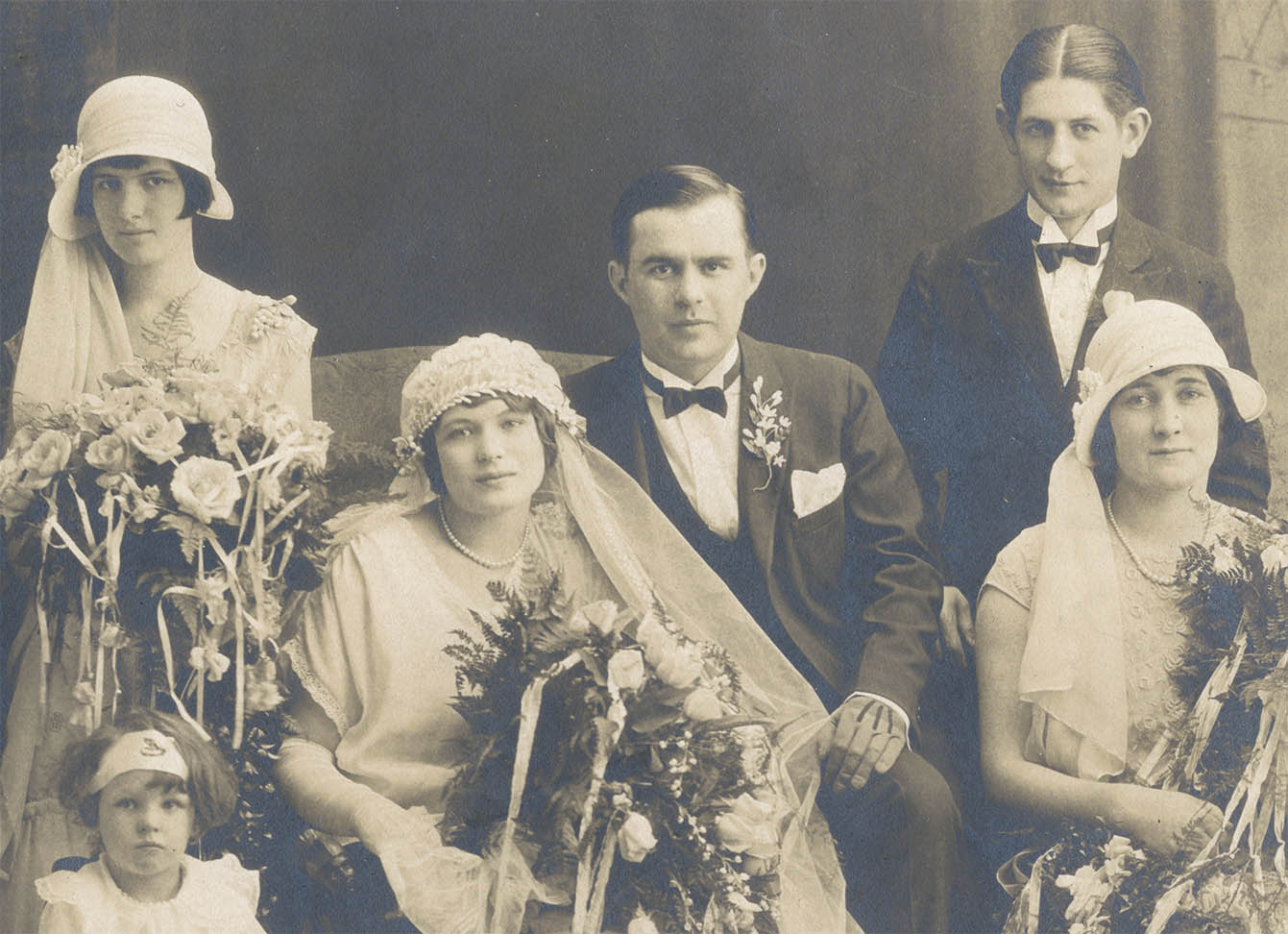
When it comes to photographic prints, Hidden Light is a wet darkroom operation producing silver gelatin and platinum palladium print, as well as inkjet prints using Piezography inks.

Then I came across a YouTube video by Ted Forbes (The Art of Photography) with the click-bait title, “ Inside the Greatest Photography Lab in Existence”. The lab, Hidden Light LLC, is in the high mountain community of Flagstaff, Arizona.

While the inkjet prints are top quality – and they’ve been purchased by patrons and institutions – there’s that small voice in one’s head that whispers, “make wet darkroom prints.” But the options to make that happen are few and far between. He knows my likes and dislikes, and has printed my work for more than 20 photo exhibits, including an ongoing solo exhibit in Japan that’s anchored by a photo printed 8-feet wide by 5-feet tall. In this digital age, I’ve been most fortunate to have an outstanding printer who is an absolute genius producing beautiful inkjet prints from either digital original files or scans of the film I still shoot (mostly for personal projects).

In my case, that’s because as bad a darkroom tech as I was in high school in the late 1960s and early 1970s, I was smart enough to know that I needed to think in terms of how my photo would look as a print before I snapped the shutter on my Nikkormat. For those of us of a certain age, no matter what the photo technology in our hands, we’re thinking of the output in terms of photographic prints, not pixels on a display.


 0 kommentar(er)
0 kommentar(er)
